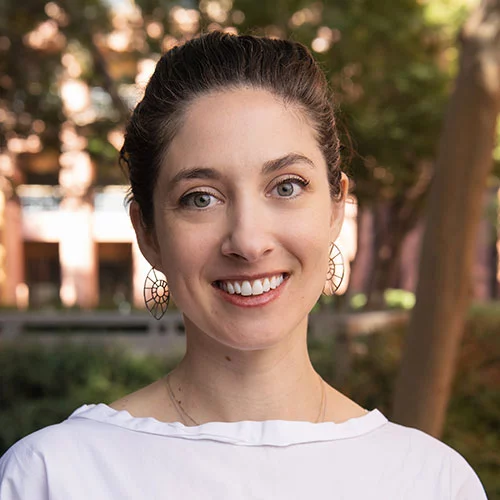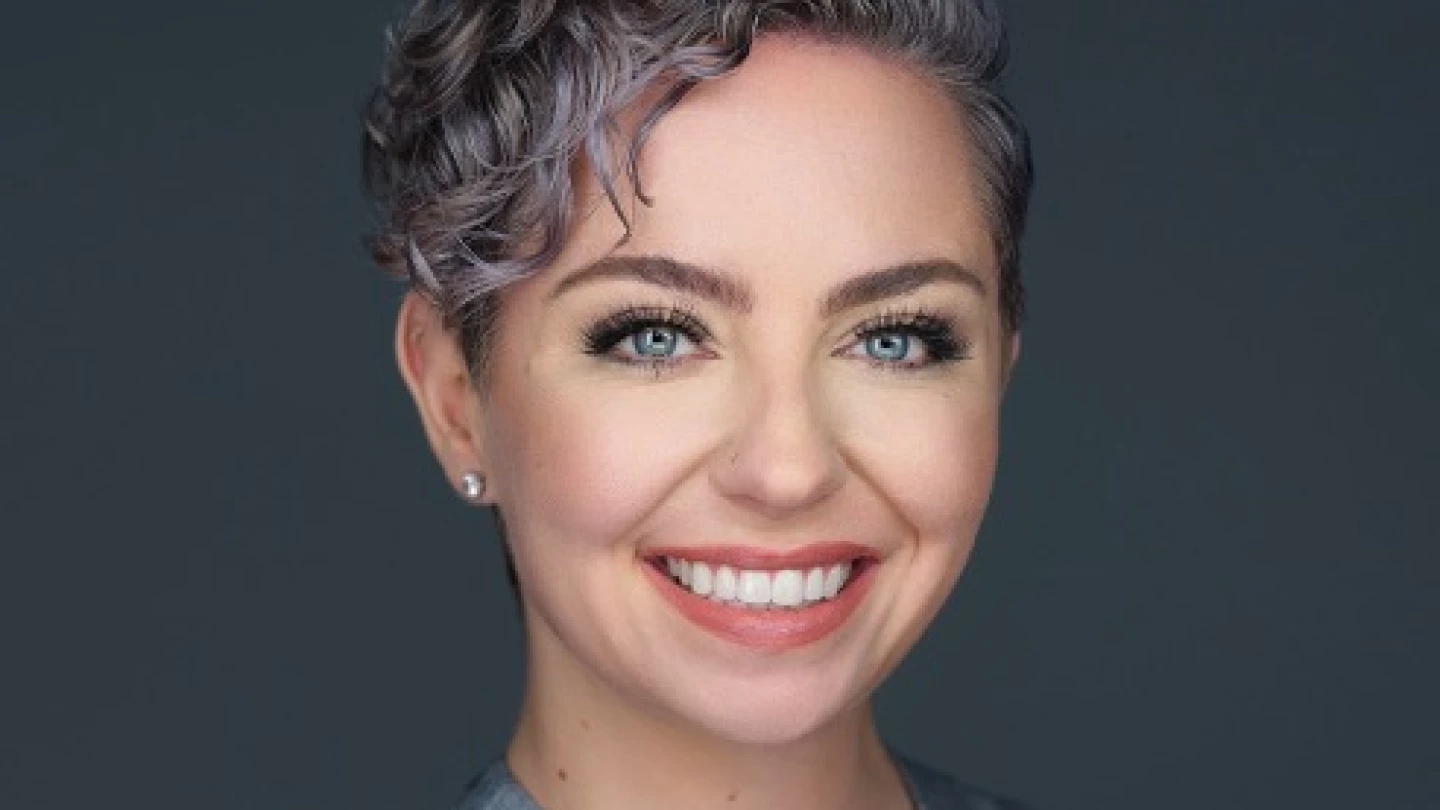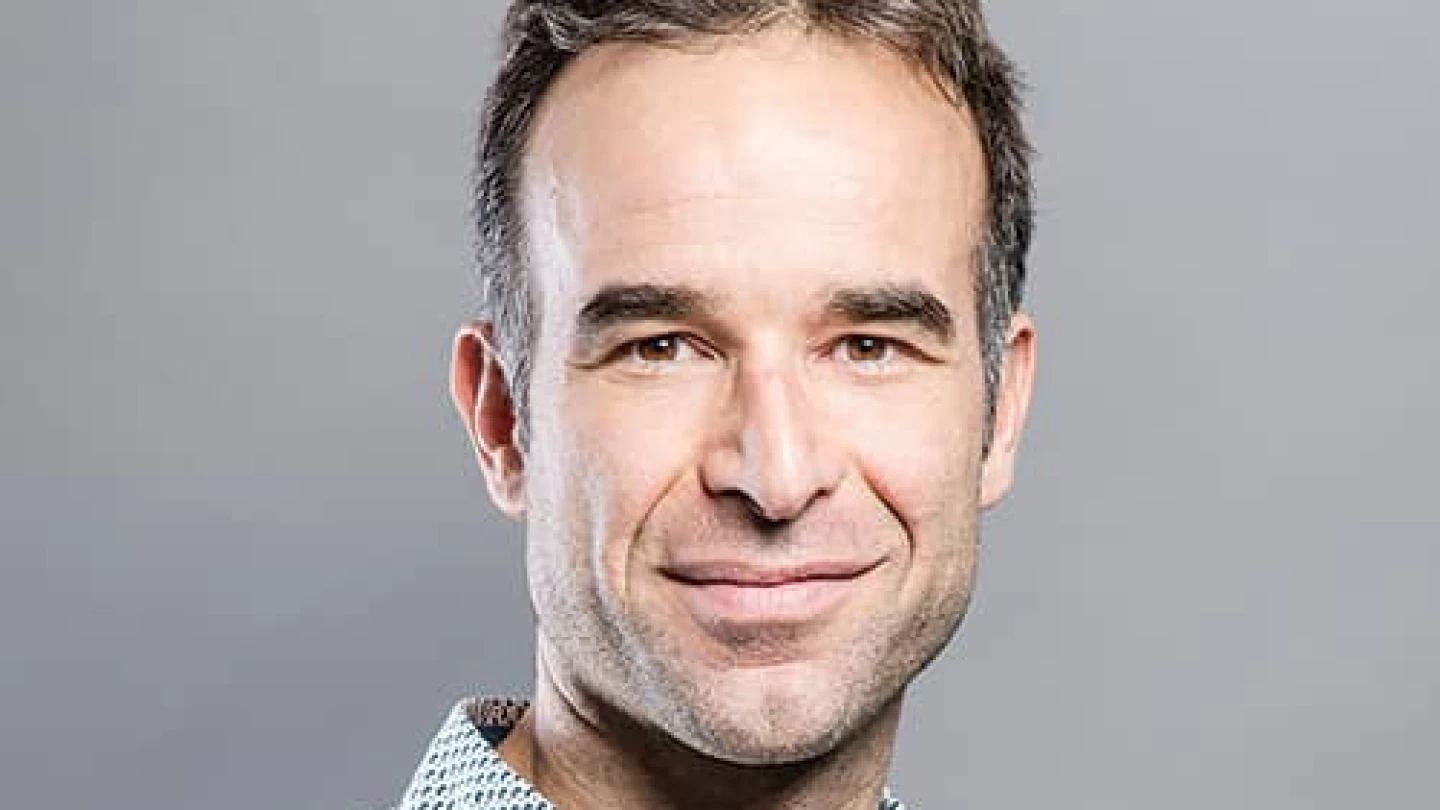The ESG landscape has evolved significantly over the past decade. What trends or shifts have you found most exciting—or most challenging—from a strategic perspective?
The biggest trend that companies are facing right now is the shift to a regulated disclosure environment. In the past, companies could pick and choose what they shared in voluntary reports, but rules coming out of the EU and many international markets are changing that. I think everyone is waiting to see what the impact will be when all companies will need to explain their policies and strategies in particular ways. For climate in particular, it really changes the game if companies are forced to disclose the particular strategies for how they will meet their aspirational emissions targets, what investments they are making toward low-carbon strategies, and how they are managing climate risks. Historically, that information has not been consistently out in the world, able to be compared between companies. But that will all change in the next five years.
How do you stay grounded and effective when leading across various stakeholder groups with sometimes competing priorities—internal, external, and regulatory?
Managing diverse perspectives, needs, and priorities can be super challenging, and there is almost nothing in the environmental or ESG space that doesn’t come with opposing viewpoints. I see my role as listening and integrating pressures and challenges into our strategies, including ways to manage them. Usually, diverging viewpoints are based on critical and important concerns driven by business needs. If we ignore them in the short run, we won’t be successful in the long run. I take the opposite role when it comes to policy work, but with the same underlying principle. My job is to help convey the business constraints and needs to policymakers, in the hope that the end product reflects the real world and sets businesses up for success in meeting policy objectives.
The balance between slowing down and speeding up is what I see as the key to being the most effective contributor, manager, and leader that I can be. I am constantly striving to find the right mix for any given scenario.”
From studying environmental science at university to your current role, sustainability has been a consistent thread throughout your career. Please share a moment when you felt you were truly making a mark in the environmental or policy space. What made that moment personally meaningful?
I’ve cared deeply about this issue, and the environment, since I was a kid growing up in the Florida Keys—where nature and the impacts of climate change were visible everywhere if you knew where to look. So maybe this is me, but I’m not sure I will ever feel like I’m making a big enough mark on climate change. When I worked for the federal government, everything felt too slow and the process of relitigating the same issues over and over left me feeling like we would never get anything done—but even the smallest things operated on an enormous scale. Now I work for the business world, and we can and do move much faster, but I compare the small carbon footprint of this company with the global challenge, and it also feels frustrating in its impact. The truth is that everyone needs to be doing more. I hope I am playing my role in this part of the world, but we can’t get enough done unless there are others doing their role in their pocket of the world too.
How did your time at BCG shape the way you approach complex challenges—particularly in the evolving world of ESG—and is there a piece of advice or a mindset from that time that continues to guide you today?
I think BCG was the single largest professional development opportunity that I have had in my career. It shaped how I see problems and tell stories. I back into a problem instead of trying to build it from the bottom up. I compare the needs of my audience in hearing the story with the needs of my team in telling the story, to ensure that the end product is valuable from the perspective of the audience. BCG was hard at times—the pace, the feedback, the travel—but the result is that I operate at a level higher and faster than I ever would have otherwise, and I’m incredibly grateful to the firm for that.
What’s something you’ve learned about yourself as a leader along the way—perhaps a strength, or a shift in how you lead and mentor your team?
The balance between slowing down and speeding up is what I see as the key to being the most effective contributor, manager, and leader that I can be. I am constantly striving to find the right mix for any given scenario. The “slow” is listening for the problem behind the problem, integrating feedback, socializing to build relationships and partnerships, and honoring work-life balance for myself and my team. The “fast” is delivering with speed and efficiency, and holding myself and my team to high standards. When I get it right, it feels like we are really crushing it. But I also get it wrong a lot. And when I get it wrong, I just have to dust myself off and try again.
What advice would you offer to fellow BCG alumni or young professionals looking to enter—or pivot into—roles in ESG and sustainability?
We need you. It’s a strength to be able to see the business needs and constraints, and pair them with an ambition to make a better world. So don’t shy away from really understanding both sides, and practice approaching the issues from the perspective of the person you are talking to. It’s not an easy space, but we need great people and professionals, and coming from a firm like BCG can position you to really thread the needle on what is needed.



